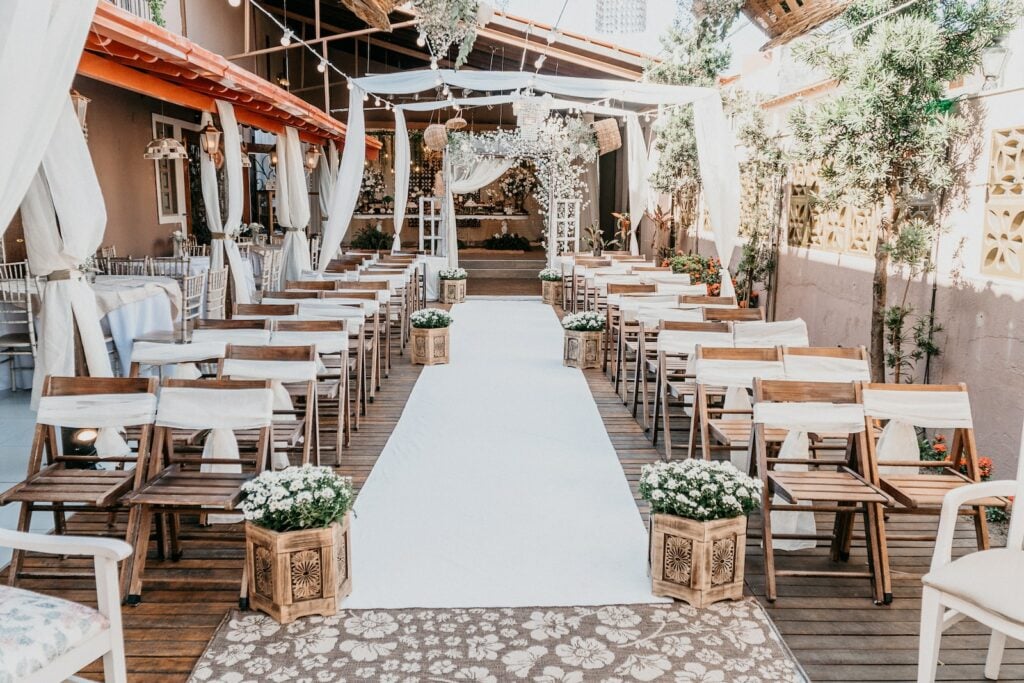
Perhaps the most basic tool in the writer’s tool chest is that of observation. Everyone, whether or not they are a writer, has and uses this very powerful tool. But what exactly do I mean by observation? you might ask. Do I mean taking mental note of what one sees? Yes, that, but it’s much more than that for the writer.
Observation happens not only through the eyes but through all our senses and includes our non-sensory perceptions. It includes sounds, textures, fragrances, appearances, and flavors but it also includes (most importantly) moods, non-verbal messages (such as gestures), impressions, and what we sometimes call “vibes” or “feelings”. But, even then, observation is not limited to these alone and can encompass other states of consciousness. Some of these modes of observation may require self-training to increase their acuity and utility. Still, this is not rocket science and using all of these modes is more a matter of recognizing what abilities we already have rather than having to obtain a whole new set of skills.
Women seem to be naturals when it comes to picking up on and processing observations while men are sometimes less aware of their total surroundings. In other words, men often develop the habit of restricting their range of observational input. The fact that women tend to pick up more than men may have to do with their natural need to be more fully aware of their surroundings because of safety concerns though I get the feeling it’s probably not the only reason. But let’s create a scenario to exemplify some of the ways we can observe a scene and allow me to use the perspective of a fictional woman character for the reason just mentioned.
By the way, it’s not a bad practice to write little scenes from an opposite-gender perspective so that you become comfortable observing scenes from that gender’s point of view. To do this effectively, all you need do is think of a man or woman you know and then ask yourself How would Joe see this scene; what would he notice? Or, How would Jane describe this scene; what would she find most obvious? It may take a little practice but you can master this exercise without much difficulty.
Okay now, back to the example I mentioned above. Let’s say Jane is our character. She’s with her boyfriend, Joe, and they have just attended his brother’s wedding and now they are entering the hall where the wedding reception is being held. None of Joe’s family (except for Joe’s brother who just got married) has met Jane before. What does Jane observe when she enters the reception hall? We all know that Jane has suddenly become aware of how well her antiperspirant is working.
Now, a lot of what Jane will observe at this reception has to do with her own family history. Why is this? It’s true because she will be comparing her family’s culture to Joe’s in an attempt to figure out how well his family will accept and welcome her into their circle. Let’s go inside Jane’s head and listen to her thoughts, shall we?
“Wow, look at this place, the decorations! This must have cost a fortune. I wish he’d introduce me. What was that look? I don’t like her; Miss I’m-too-sexy-for-my-dress. Oh my god! I can’t sit up there. Please, Joe, let me sit at the kiddie table—please, please, not up there. That has to be his mother! Oh god, I have to pee.”
What I have described is not the physical scene. What I’ve chosen to describe, instead, is Jane’s internal scene which is much more important than what the hall, the food, the cake, the band, and so on, look like. When writing this scene you will obviously want to mention some of those externals, yes. But if you were actually there, in Jane’s shoes, your observations would overwhelmingly be occupied with not how things look but with your own internal, emotional conflict and with the messages you are picking up from those around you, not to mention your efforts to sort out the social hierarchy of the family members themselves. These are the observations your audience will find most interesting and will be disappointed if you don’t address them.
The simple point here is don’t get hung up on what the eyes see. Look at scenes with your whole brain—with all modes of observation—just like the characters in your story would do. Put yourself into the story and in this way put your audience into the story too.
Try practicing this idea and see how it works for you.
This series seems to be as promising as the last one. Will definitely read it as and when possible. These tools are going to help all your readers. Good luck to you !
Hi Edelweiss. Your comments are always so encouraging, thank you. I have an idea. If you want to use any of the Talk Write or Tool Series articles I’ve written for this blog, you have my permission to do so. However you want to use them is fine with me, even if you want to print them and distribute them. I want others to benefit from this blog however they can. And again, thanks for reading and commenting here. Blessings! Dale